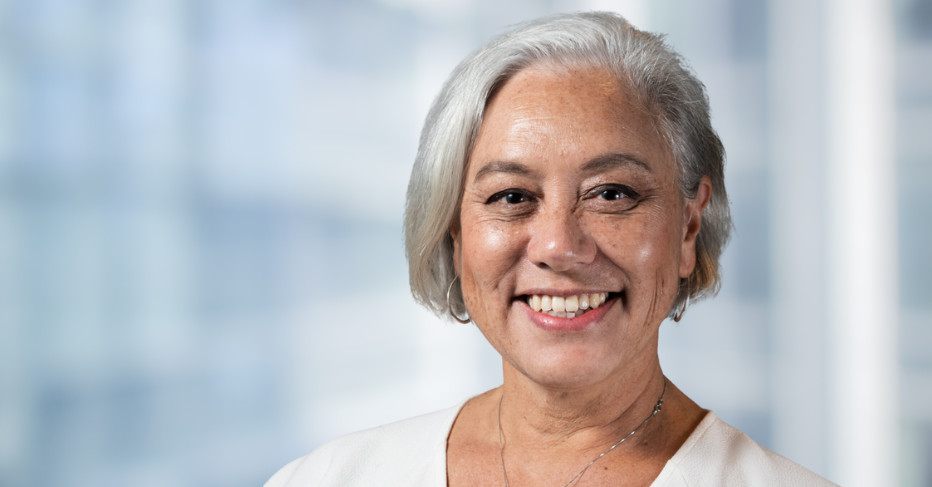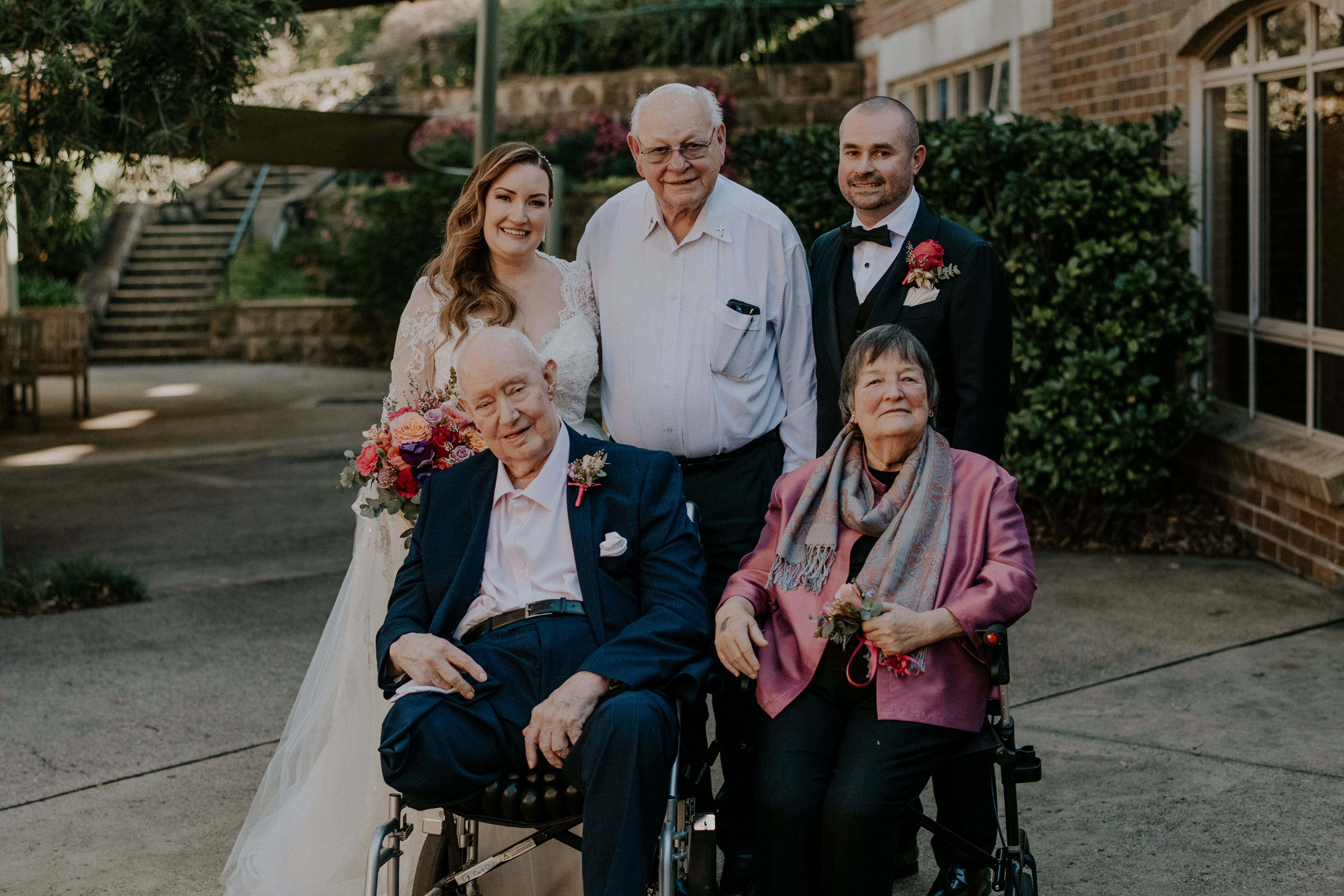Residents speak up to co-design improved aged care

What do residents want their aged care experience to be? What is important to them? What is working well and what isn’t? What could be improved and how? What do residents want the culture of care at their home to be like?
In a first for Calvary Health Care in Australia, residents at Calvary Riverside Views in Launceston are co-designing aspects of their care, experience and life in their aged care home. Residents participated in interviews and observational studies, completed surveys, and joined staff in a series of co-design workshops to identify what is most important to them, what is working well and what could be improved. They have also been integral to developing ideas and setting priorities.
Co-designing improvements is a core part of a new approach that is being implemented first at Calvary Riverside Views and will ultimately be introduced in Calvary’s more than 60 homes across the country.
The Royal Commission into Aged Care Quality and Safety drew attention to the need for improvement in many areas of aged care and its recommendations were clear. People must be treated with care, dignity and respect; staff must be well-trained; and residents need to be involved in decisions that affect them.
Calvary welcomed the Commission’s findings and recommendations. We listened then, and we are listening still, not only to quality and safety authorities, but to what our aged care residents are saying.
Our PEARS model of care is an organic approach based on principles and sound evidence and reflects the key focus areas of personhood, the resident’s environment, activity, relationships, and safe care. It is about providing respectful and dignified care for older people that gives them control and choice, and highlights the importance of relationships, connection to community, and a desire for a good quality life.
Residents have told us that, as well as quality clinical care, meaningful activities, strengthening personal connections with each other and with staff, having a quality dining experience, and acknowledging and celebrating the lives of residents who die are among the things most important to them.
Residents have welcomed the opportunity to contribute and want to be part of the change they are seeking. One resident, Colin, perhaps summed it up best: “I would like to feel that, in some way, I have contributed to the life of this place, rather than just living in it. I want to be a real part of it.”
Local doctors and community pharmacists who support the home and residents have also been involved and participated in primary care focus groups with senior clinical staff to identify challenges and actions to help improve systems of care. There is opportunity too for additional GPs, allied health professionals and others to be part of the approach and contribute to how we design and deliver care for our residents.
Some things will have simple, practical solutions that can readily be put in place, like having staff name badges with print big enough for residents to read and meal menus in larger fonts. Other things will be more complex or take time to put in place. Some things might require broader system changes, or increased training for staff; some things might hinge on enablers such as IT and other systems. All are tailored to the wishes and needs of Calvary Riverside Views residents.
Importantly, this is not just a one-off, set and forget exercise, or words on a page. It is our intent that the PEARS model, including co-design, will become the Calvary approach and establish a consistent culture of care across all of our homes. Like the compassionate care we are known for, PEARS will become part of our DNA.
Calvary operates in every state and territory except Western Australia and runs more than 60 aged care homes, over a dozen public and private hospitals, a network of home care services, as well as retirement villages and virtual care services.
Achieving continuous improvement and a consistent culture in caring for older people across a national organisation won’t be without its challenges but it is vital – for our staff, for the communities in which we live and work and most importantly for our residents.


